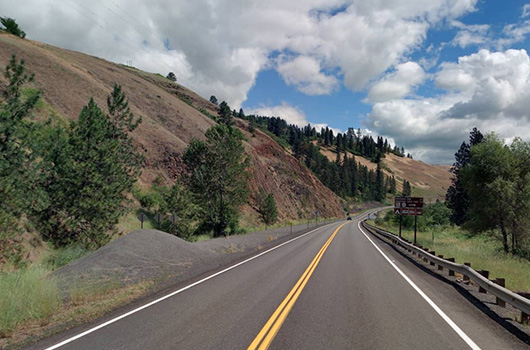State agencies in Idaho each handle their own areas of expertise, but not necessarily alone. It’s well known that Idaho State Police and Idaho Fish and Game work particularly close with the Idaho Transportation Department. Another partner you might not have realized is the Idaho Department of Correction.
Each summer ITD becomes one of the job alternatives for non-violent inmates in certain minimum-security facilities. In east Idaho, individuals at the St. Anthony Work Camp join ITD crews to accomplish tasks that are better completed with more hands to help. ITD then becomes their mentor for learning skills they’ll use forever.
“The whole idea behind the work camp is to give them skills that they can use to help them become effective pillars of society,” ITD Facilities Manager Korby Hansen said.
Inmates at St. Anthony Work Camp have various options of places they can work while at the facility. In east Idaho, ITD pays $50,000 to IDOC for two months of work from a ten-man crew and guard.
This summer, work camp crews, or “Red Shirts” as they’re often called, have assisted with bridge repairs in Ashton, hazardous tree removal on State Highway 31, fencing in Dubois, geological drilling efforts district wide, utility and landscaping improvements in Rigby and more.
“For just the hazardous tree work alone, if we were to hire privately, it would easily cost the district $250-300,000,” ITD Business Manager Jesse Olivas noted.
ITD submits the needs they have in eastern Idaho for the year to IDOC in advance of the working season. Those overseeing the program, like Olivas and Hansen, also attend a spring training where IDOC states the expectations for working with inmates.
From that point on, we schedule what gets done when and where over the course of the two months that the Red Shirts are committed. This allows all eight east Idaho foremen and others to utilize the extra hands efficiently.
“It would take just our crew months or years to get done what they helped us do in just a few weeks,” ITD Driggs area Operations Technician Ray McMinn said.
He and fellow crew member Kyler Fullmer worked together to advance the inmates’ sawyer certifications while working on SH-31 this summer. A flagger class was also offered for them to serve in that role while on ITD projects, as well as at jobs throughout the future after their sentence has been served.
“ITD gives them some real skills they can use when they return to the community,” this year’s IDOC Correctional Officer, who goes with and watches the inmates on all jobs, stated.
This dynamic partnership between IDOC and ITD is a great example of Idaho’s state agencies working together to substantially save money and accomplish their missions in the process.
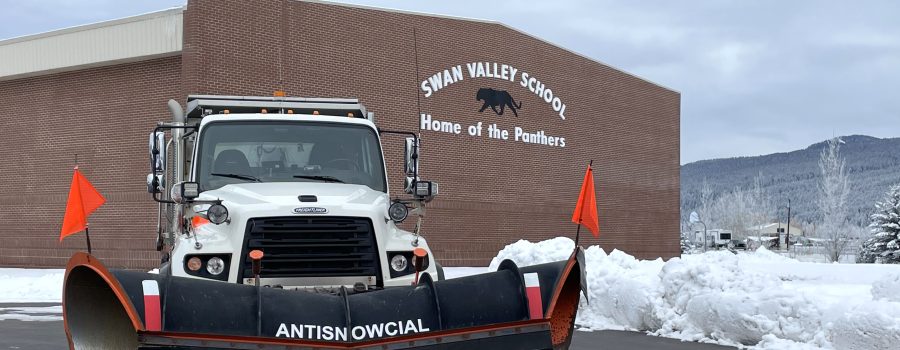


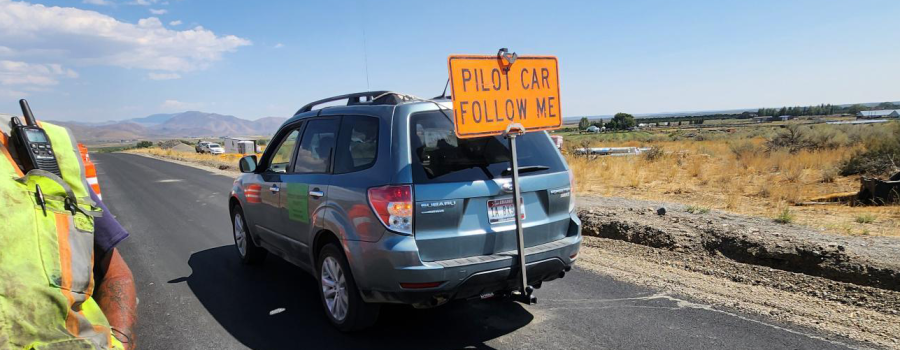
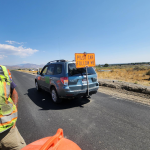
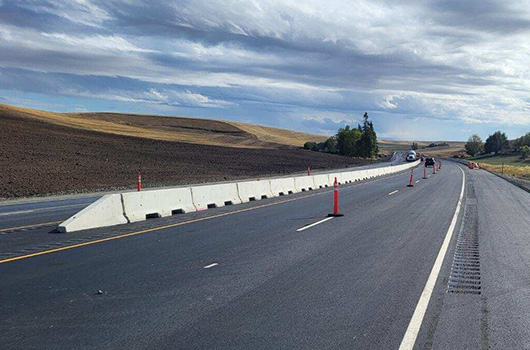

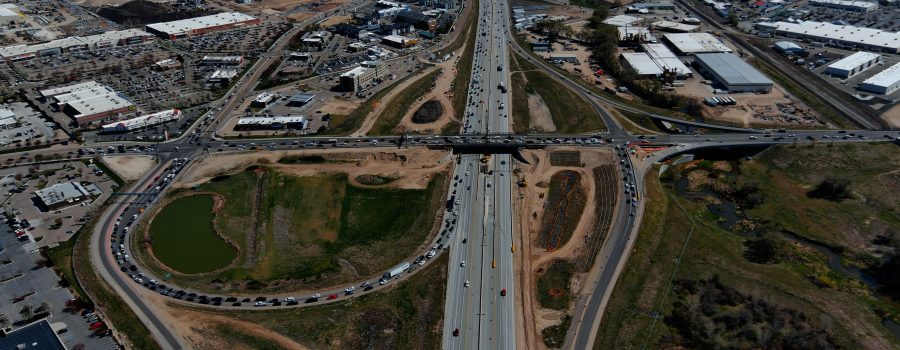

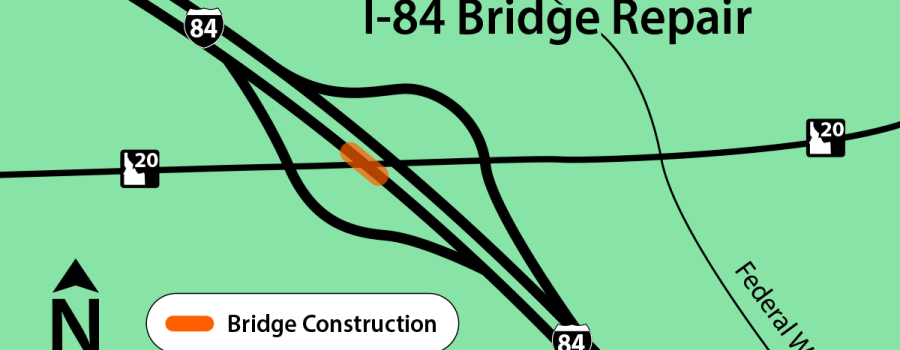
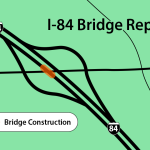
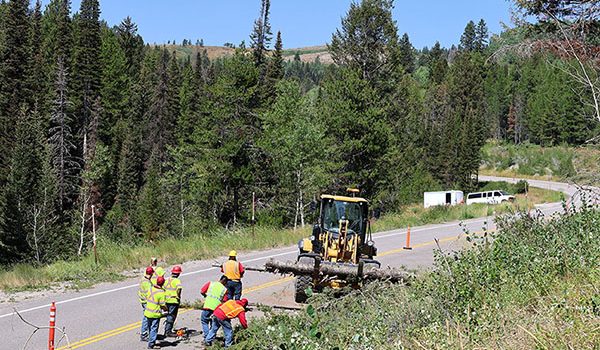

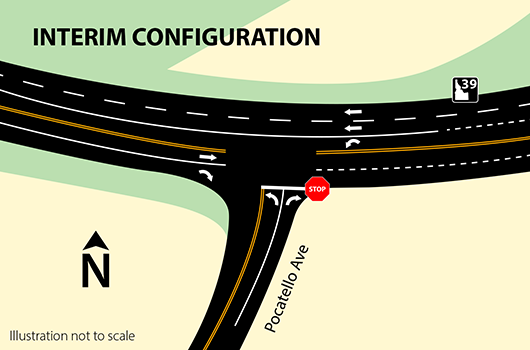
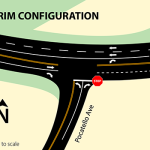
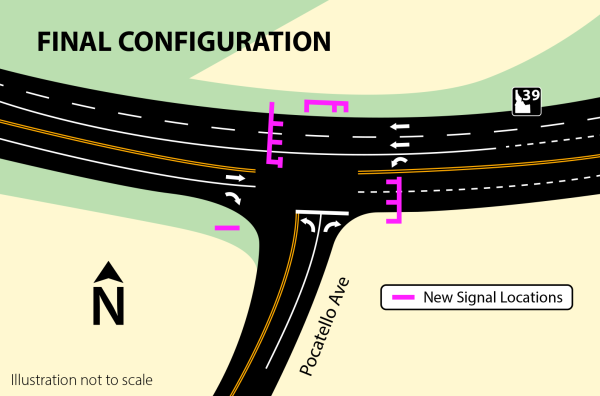
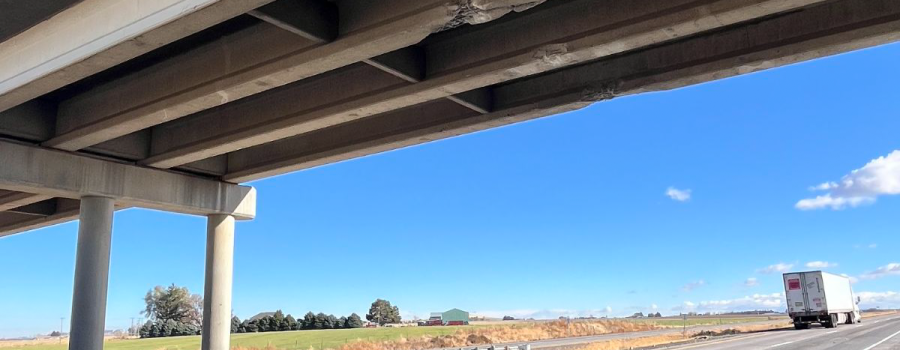
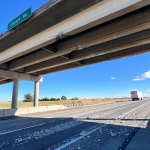
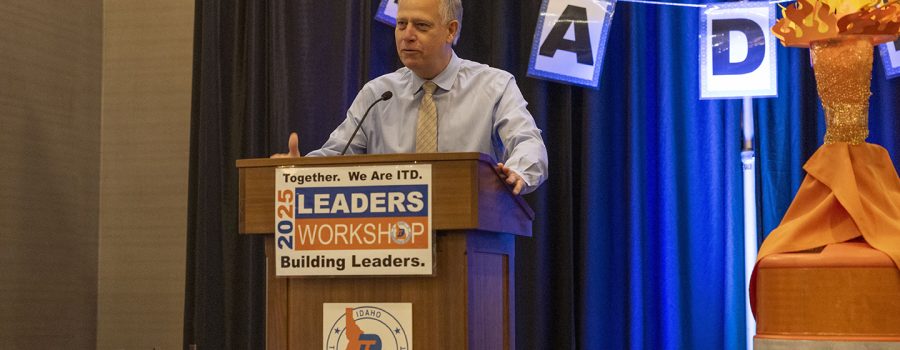

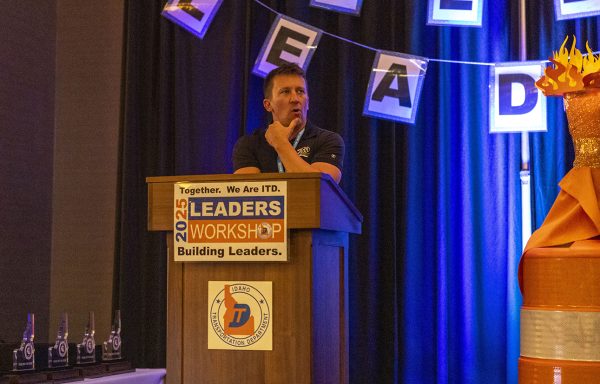
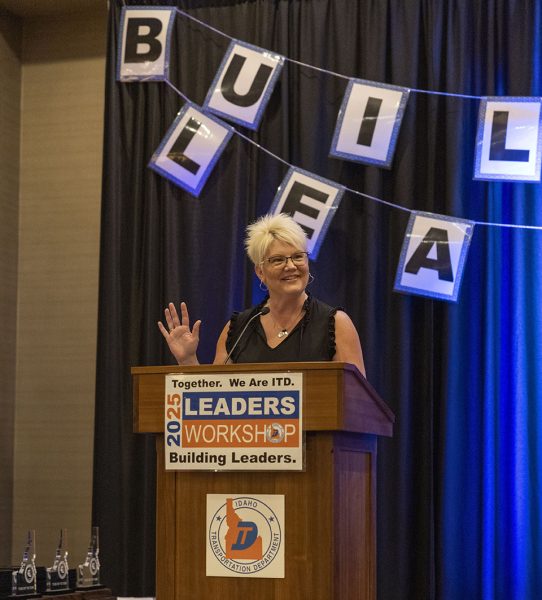 “A huge thank you goes to the ITD Executives, the Innovative Business Practices Team and the Continuous Improvement Team for their support and encouragement, and the promotion of innovation at ITD. None of this would’ve been possible without them!”
“A huge thank you goes to the ITD Executives, the Innovative Business Practices Team and the Continuous Improvement Team for their support and encouragement, and the promotion of innovation at ITD. None of this would’ve been possible without them!”